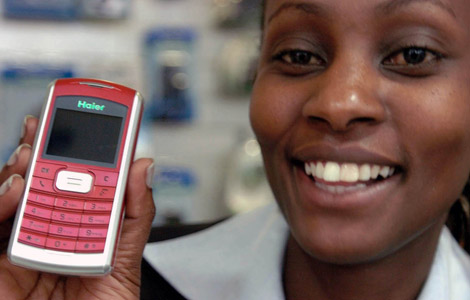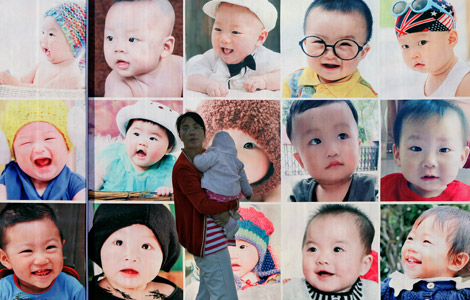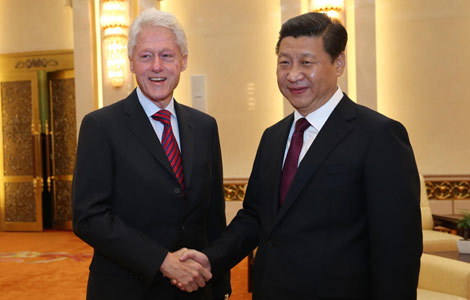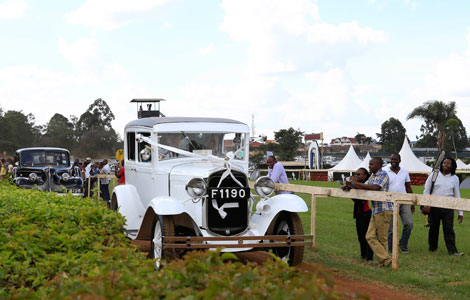
 |
|
Tibetan children with shawls and scarves of the yak wool produced by Norlha. |
Kim Yeshi had studied anthropology and Buddhism at university and spent 30 years in Asia researching local culture, with particular interests in textiles and handicrafts.
"People always talk about the cashmere as the precious wool, and camel wool. Although the yak also has wool, it had never been tested," the mother says.
"I thought it would be compelling to turn the yak wool into a new vision of life for the nomads."
When Dechen first arrived in Zorge Ritoma in 2004. She spoke to many young nomads, and they all wanted to be a part of the world outside, and "that fitted in with my mother's idea".
She decided that it made more sense to help that way.
"Making documentaries meant a lot to me but not as much to them."
She returned the next year with her brother Genam and they collected and shipped two tons of khullu to a textile factory in Kathmandu owned by her mother's friend. The end product was soft and warm and had a very good feel.
Inspired, the Yeshis founded Norlha, a social enterprise for yak wool production, and they started to look for villagers willing to participate in the project. "Norlha" means "wealth of the God" and is also what Tibetan nomads call the yak.
Although Dechen is half-Tibetan, she still had difficulty convincing villagers that the fibers they had always neglected would be valuable. She also had to fight the concept the Tibetans had that being migrant workers was the only way out of poverty.
The first person she targeted was Sangye Dhundup, a well-established nomad with a substantial number of yaks and sheep. Half convinced, Sangye and his wife Dzomkyid went with Dechen to Cambodia in 2006.
"We saw people weaving camel hair from Inner Mongolia into very beautiful cloth. We thought it would be possible to process the yak wool in the same way and that will be a rare opportunity for us to change our future," Sangye says.
They learned silk and wool weaving in Cambodia and Nepal and returned to the village with looms and started training people.








